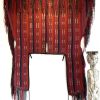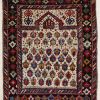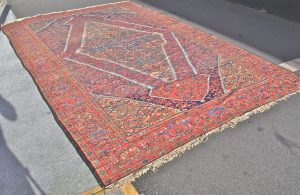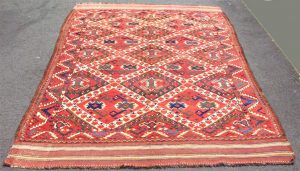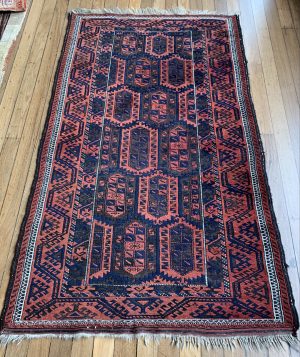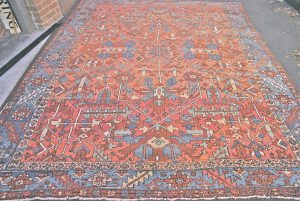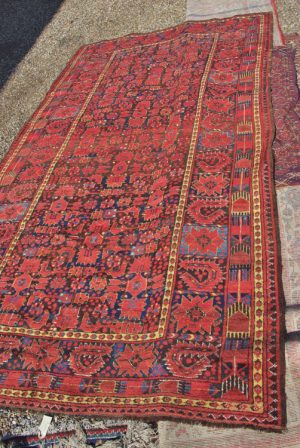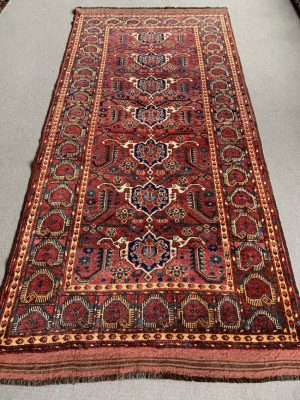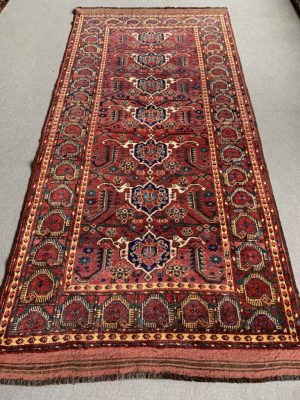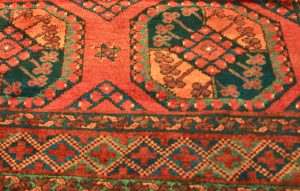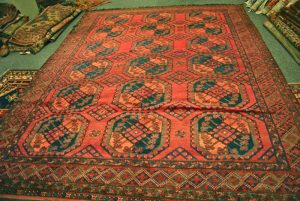Yao painting
Yao painting
from north Vietnam
circa 1810.
Sizes: various, mainly circa 120 x 50 cm
Created according to inscriptions during the Reign of the Emperor Jiaquing 1796 – 1820, 7th Quing Emperor of China.
The National Gallery of Australia acquired this collection of twenty-four ceremonial paintings made for and used by the Mien Yao people of northern Vietnam.
Originally from central China, the Yao are believed to have migrated to China’s southern-most provinces before travelling into northern areas of present-day Vietnam, Laos and Thailand. The paintings known as mien fang play an integral role in the complex Taoist rituals performed among Yao communities to ensure the salvation of the soul in the afterlife and to ward off malevolent spirits that inflict disease and misfortune.
According to texts documenting their origins, the Yao are descended from an original divine ancestor, King P’an, who assists his people when they are in urgent need. Legend tells how King P’an was elevated to regal status when, in his previous form as the Five-Coloured Dragon Dog P’an Hung, he eliminated the emperor’s troublesome enemy. Rewarded with a royal bride and kingdom, King P’an fathered twelve sons and daughters who established the Yao clans. These histories further tell how King P’an assisted his blessed descendants on their journey from China to northern Vietnam at the beginning of the Ming Dynasty (1368–1644).
- National Gallery of Australia collections information

